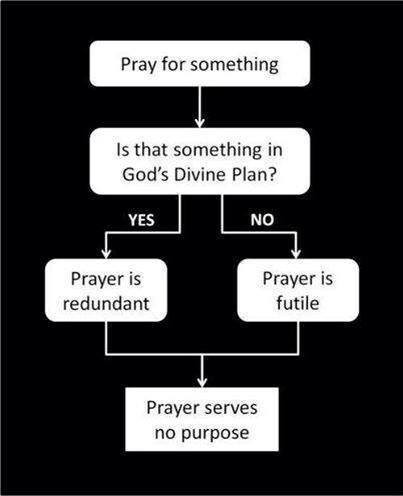Too many mutuals spell disorder not diversification
Post on: 11 Октябрь, 2015 No Comment

October 17, 1993 | By Boston Globe
At the end of August, there were more than 4,300 mutual funds. Some people seem to think they should be putting money into as many of them as possible.
If 20 or more funds is too many, though, how many are enough?
This can be a serious question for investors tempted by some of the hundreds of new funds introduced every year. Many of the new funds are heavily advertised in the financial press, or they are pushed hard by brokers and financial advisers.
Funds with longer histories also get a lot of attention when they show up on lists of best-performing funds for the past year, or even the last quarter. After scanning these lists, some investors put a little money in one of those funds, too.
The result can be a hodgepodge of funds that adds up to disorder, not diversification.
The right number of funds depends in part on how much money you have. When asked how many funds a person needs, Ms. Gamel responded with a question of her own: In what size portfolio? If you have only $5,000 or $10,000 to invest, she says, you probably should not have more than two or three funds.
This list might include a balanced fund, such as Vanguard Wellington, or an asset-allocation fund, such as Fidelity Asset Manager.
These funds seek good performance through a combination of stocks and bonds and, in the case of asset-allocation funds, money market instruments.
Even people with $50,000 or more to invest should limit the number of funds they own. Jack Walsh, editor of the United Mutual Fund Selector newsletter, says an investor should put about 10 percent to 15 percent of his or her money in any fund purchased. That would limit the investor to six to 10 funds.
If you have more funds than that, Mr. Walsh says, you lose your focus. You’re going in too many different directions.
Also, Mr. Walsh says, having a lot of funds can be an accounting nightmare. You’re getting statements from too many families. This can be particularly tough at tax time, when you have to figure out gains and losses.
At the same time, he does think investors with six to 10 funds should use two or three different fund companies, so all your eggs aren’t in one basket.
A plethora of mutual funds also can lead to duplication of stocks, Ms. Gamel says. If you have three growth-and-income funds, for example, their top holdings are likely to include the same stocks, names such as Philip Morris and Exxon.














